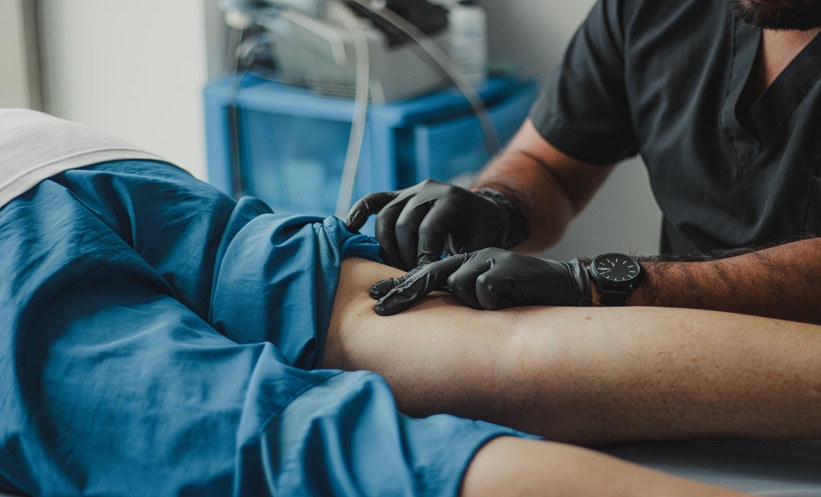GREATER osteophyte progression has been observed in patients who underwent arthroscopic meniscal surgery, compared with those receiving physical therapy. Lead author, Jeffrey Katz, Harvard Medical School, Boston, Massachusetts, USA, described the motivations for this investigation: “There has been increasing concern that arthroscopic meniscal surgery may be associated with greater progression of osteoarthritis.”
Katz and colleagues analysed data from the MeTeOR cohort, to assess the association between arthroscopic partial menisectomy (APM) and osteoarthritis progression. Patients with severe osteoarthritis were excluded from the original analysis. Other exclusion criteria included those who did not participate in radiographic follow-ups, those who died before 60 months, and those without a baseline radiograph. Participants underwent a standing bilateral posterior-anterior knee radiograph at baseline, 18-, and 60 months. These were examined by three assessors, blinded to the type of treatment. The researchers then evaluated the radiographs using OARSI scores and Kellgren-Lawrence grades.
In total, 142 patients were included, of whom 100 underwent APM, and 42 completed a physical therapy regimen. Average OARSI score at baseline was 3.8 in the APM group, and 4.0 in the physical therapy cohort. After follow-up, patients who were treated with APM reported an average OARSI score increase of 4.1% (95% confidence interval: 3.5–4.7), compared with an average increase of 2.4 (95% confidence interval: 1.7–3.2) in the physical therapy group. No statistically significant difference was observed in Kellgren-Lawrence grades.
The key takeaway for clinicians from this research is that “meniscal surgery may be related to greater progression of osteophytes,” according to Katz. He emphasised: “Those treated with partical menisectomy had greater progression in osteophytes on radiograph from baseline to 5 years than those treated non-operatively.”








